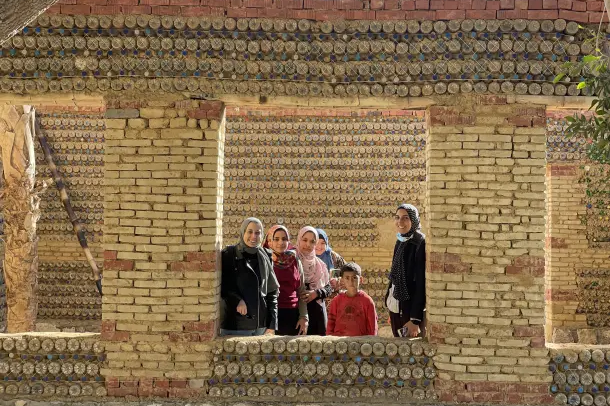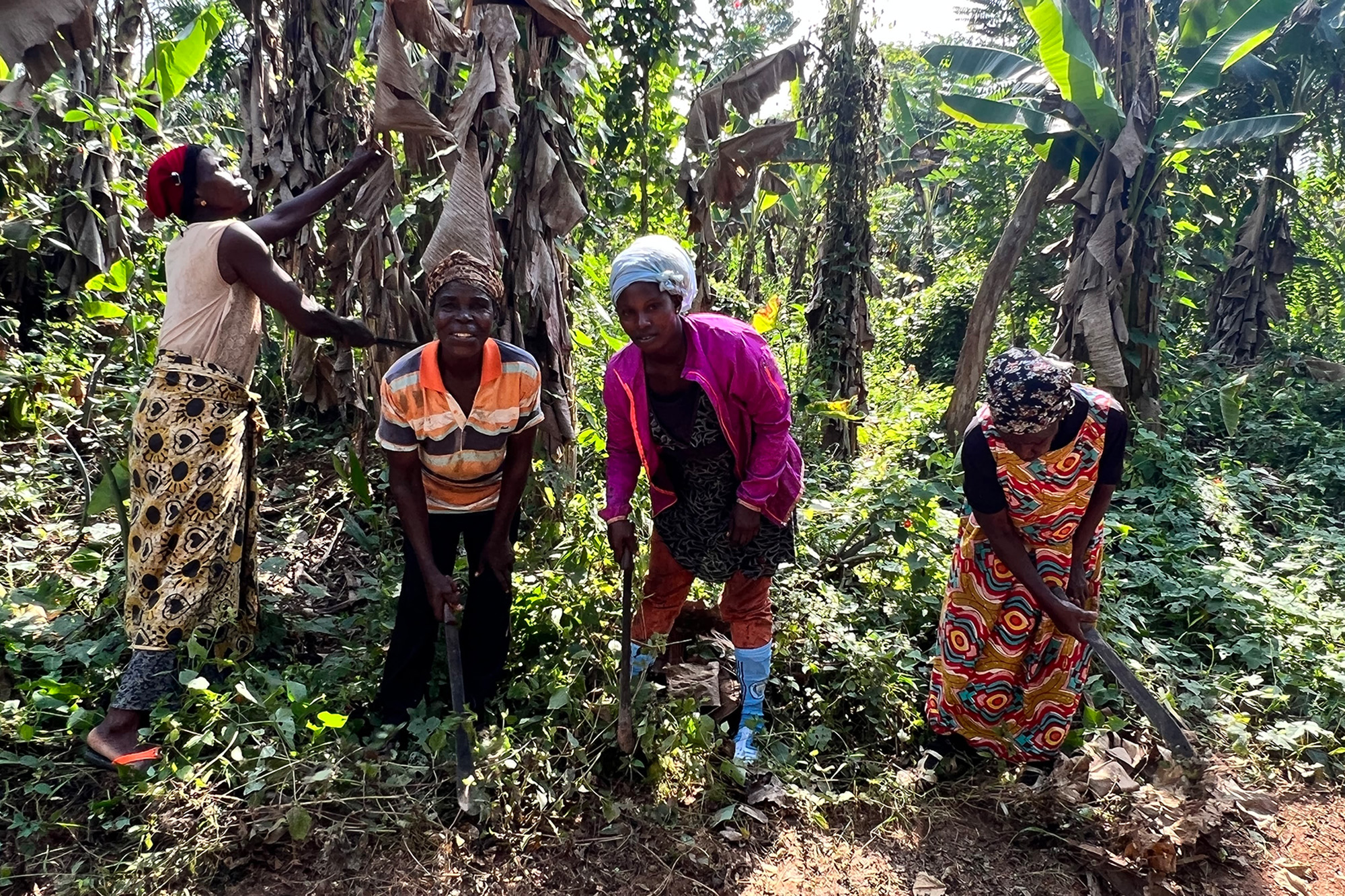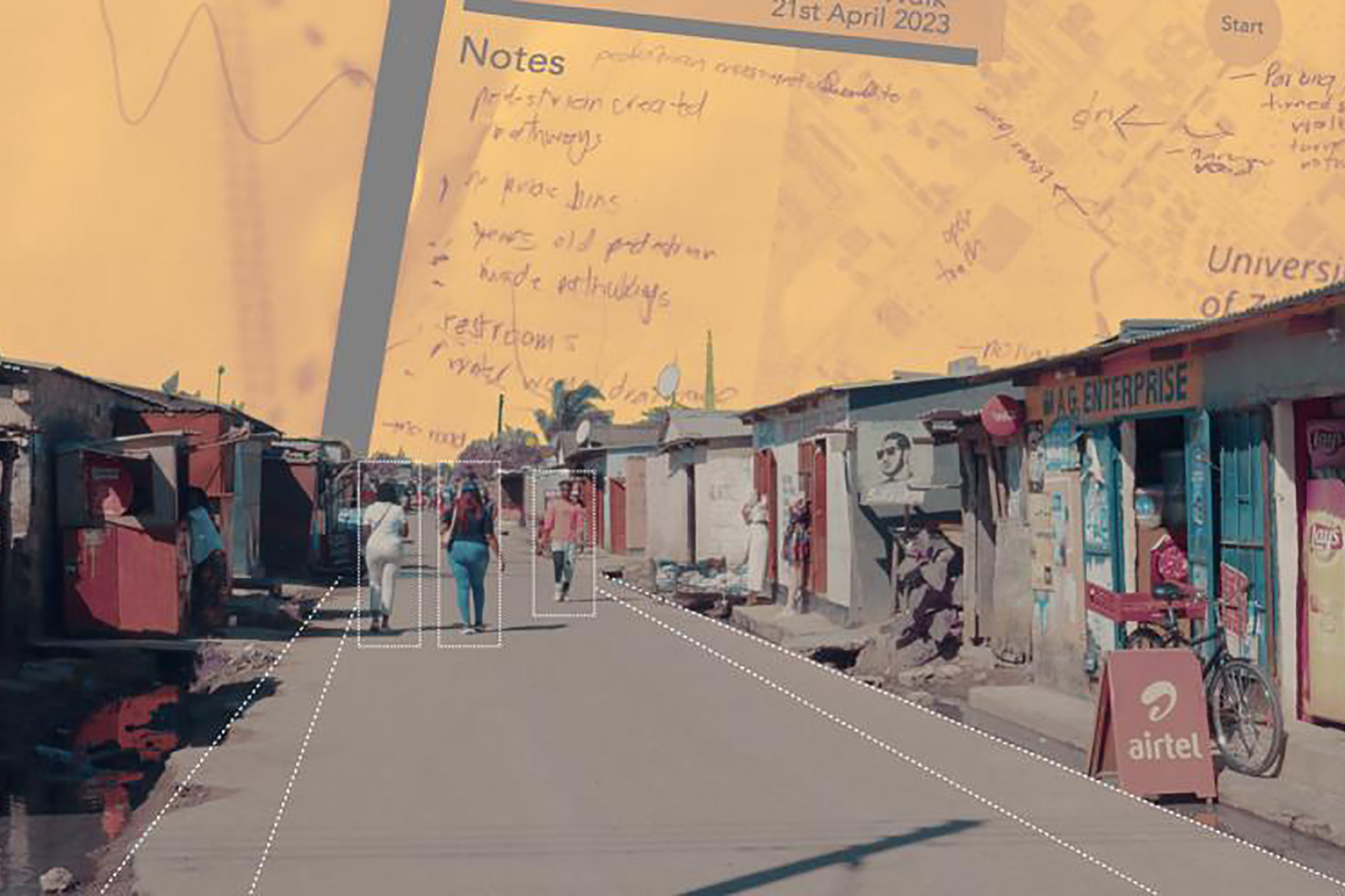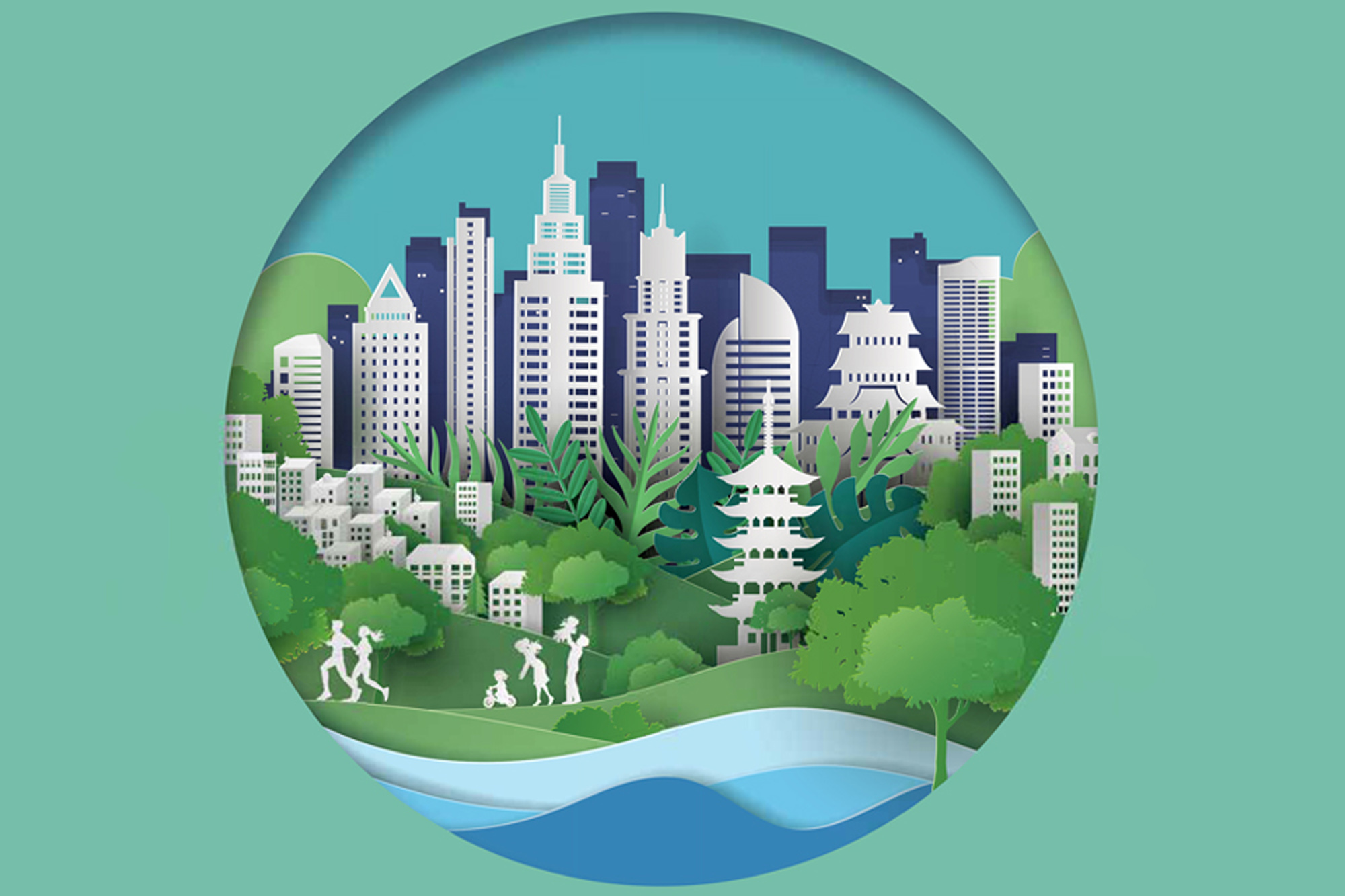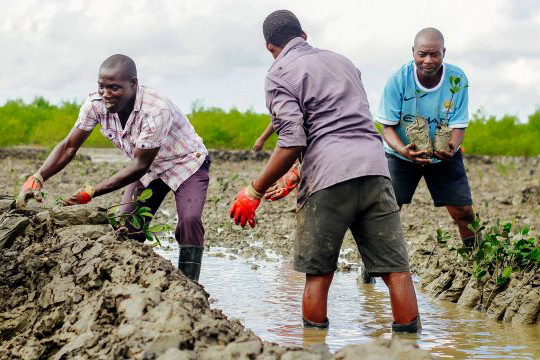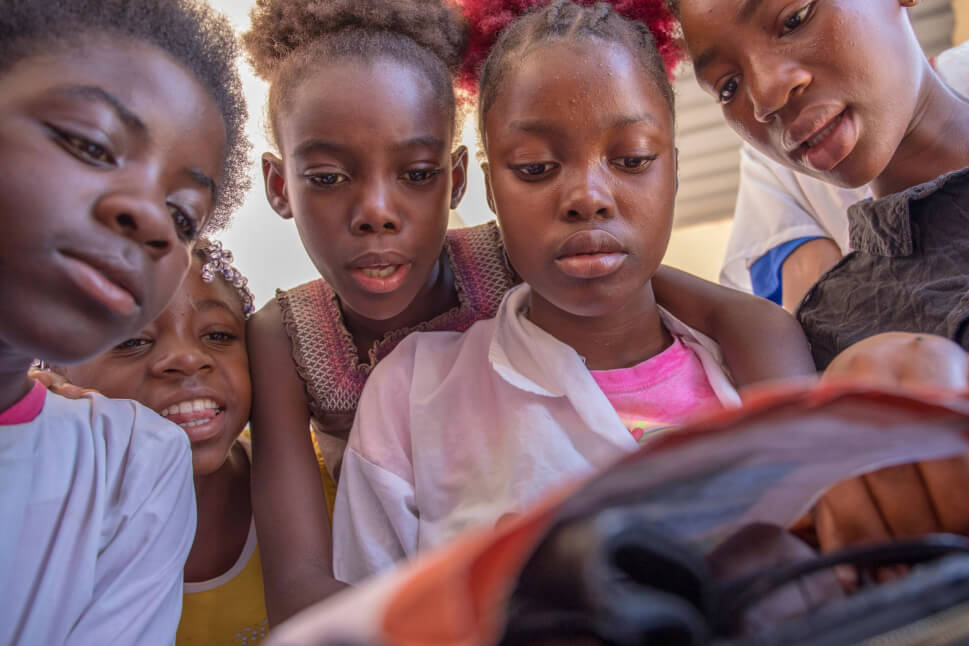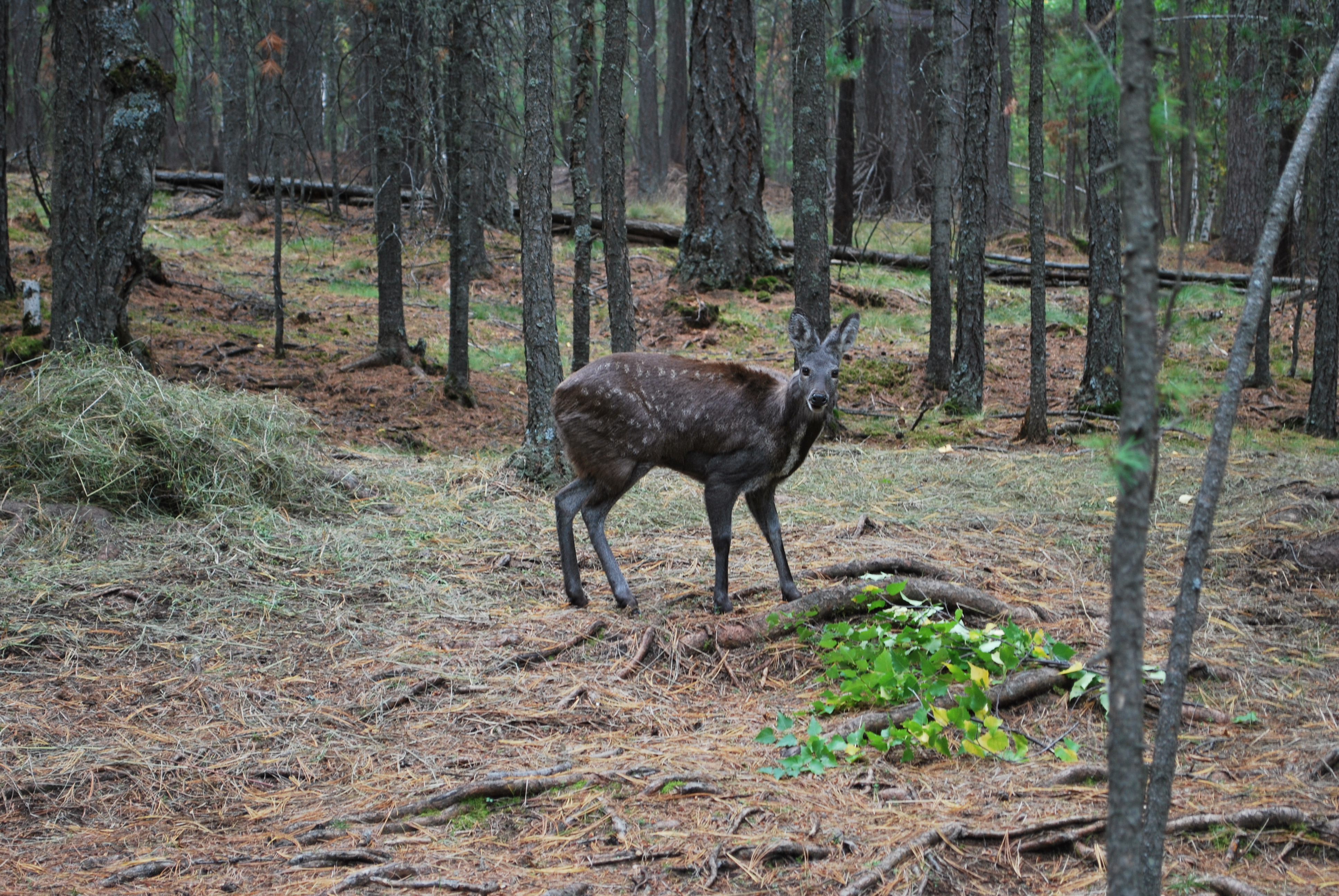Through the Cities 4 Women initiative, women and girls are driving urban change by co-designing public spaces, advocating for safety, and ensuring development meets their needs.
SDG 11: Sustainable Cities and Communities
Oct 31 is World Cities Day. UNESCO asks: how can cities become hubs for Media and Information Literacy (MIL) learning, especially through multi-actor engagement, physical and virtual MIL activities, and inclusive and accessible MIL participation? Get inspired by UNESCO's MIL Cities Initiatives! Together, we can cultivate informed, critical, and engaged citizens, fostering inclusive, resilient, and sustainable communities for all. Join us on this journey!
By 2050, cities will house 70% of the global population, and 60% of urban residents will be under 18 by 2030, underscoring the urgency for action particularly where poverty and inequality persist. World Cities Day focuses on this, showcasing youth innovation and strategies for implementation. Initiatives like the Pact for the Future aim to raise youth voices in sustainability discussions, while the past Summit of the Future provided a platform for their perspectives on global policy. Proposed actions include forming youth councils and keeping dialogue between young people and policymakers.
BENAA Foundation empowers youth and communities in Egypt through sustainable projects like the eco-classroom built with plastic bottles and clay, fostering environmental awareness and education.
The Zukpuri Community Resource Management Area in Ghana's Upper West Region is a protected area that aims to conserve biodiversity, improve local livelihoods through sustainable practices, and preserve the cultural and medicinal heritage of the region. It was created in 2021 through a partnership between the Upper West Traditional Healer’s Association, rural communities, and traditional authorities, with support from the Global Environment Facility Small Grants Programme implemented by the United Nations Development Programme (UNDP). The project aims to conserve biodiversity, improve local livelihoods through sustainable practices, and preserve the cultural and medicinal heritage of the region.
Cities, towns and surrounding areas act as powerful magnets for innovation, culture and opportunities, alluring talent and investment. Urban living has already been embraced by more than half of the world's population, and projections indicate that nearly 70 percent of us will live in cities by 2050. Urban areas can also be an inequality trap, with overcrowding, pollution, poor infrastructure and social injustice. While there isn't a one-size-fits-all formula for attaining sustainable urban development, the UN’s New Urban Agenda offers guidance and strategy. When the urban landscape is well planned and managed, it can be a transformative force to accelerate the SDGs.
When planned responsibly and based on sound cost/benefit analysis, and when supported by adequate regulations, the financing and development of infrastructure can be used as an engine for the development of institutions, policies, and capacities at all levels and across all sectors of governance. Urban planning is crucial in preparing for the orderly expansion of cities, guiding investment, preparing land subdivisions, and installing skeletal infrastructure before undertaking building projects. On World Cities Day (31 October) let’s finance a sustainable future for everyone.
The FAO Initiative focuses on improving the urban environment, strengthening urban-rural linkages and the resilience of urban systems, services and populations to external shocks
The UNWTO recognizes villages for their commitment to innovation and sustainability in all its aspects – economic, social and environmental – and a focus on developing tourism in line with the Sustainable Development Goals (SDGs).
For most of human history, people around the world lived in small communities. However, over the past few centuries – and particularly in recent decades – there has been a mass migration of populations from rural to urban areas. In fact, in 2007, the number of people in urban areas around the globe overtook the number in rural settings. The need to drastically improve city living is clear. From curbing food waste to expanding green spaces, FAO’s Green Cities Initiative is transforming urban and peri-urban areas in Africa and worldwide.
This year’s World Cities Day is planned under the theme "Act Local to Go Global", as local action is critical to achieve the sustainable development goals by 2030. UN-Habitat has been at the forefront of localizing the SDGs since the very endorsement of the 2030 Agenda. This year we want to bring different partners and diverse stakeholders together to share their experiences and approaches to local action, what local actions work and what is needed to empower local and regional governments to create greener, more equitable and sustainable cities.
In theory, cities offer egalitarian opportunities. They are open to anyone who wants to take their best shot at a fulfilling, diverse, economically rewarding, and cultural life. In reality, most cities are built by men, for men, with little or no thought for women’s and girls’ needs, aspirations or safety. The ‘penalties’ women pay for living in cities include violence, poverty, unequal amounts of unpaid care work, limited job opportunities, and lack of power in public and private decision making. UNDP shows us what women see when they look at cities.
Bordering Algeria, Libya, Mali, and Chad, the Agadez region is characterized by a strong mix of different cultural groups. Together, local and regional authorities and community leaders seize this opportunity to promote social cohesion between the different communities.
In 2022, World Habitat Day looks at the problem of growing inequality and challenges in cities and human settlements. It also seeks to draw attention to the growing inequalities and vulnerabilities that have been exacerbated by the triple ‘C’ crises — COVID-19, climate and conflict. Cities and local governments play a front-line role in responding to crises and emergencies, as well as in planning for an inclusive, resilient, and green future. Thus, local action and local implementation of the Sustainable Development Goals is more important than ever.
The Siberian musk deer, because of its constant vigilance and unique alarm call, has been termed ‘the forest police officer’ by Mongolian biologists and veterinarians. Its whirring whistle alarm call rings out through the Mongolian forest, alerting others in its herd – and its fellow forest-dwellers - to predatory threats, allowing all those within earshot to escape. But this role makes the deer especially vulnerable to predation and poaching. The Ensuring Sustainability and Resilience (ENSURE) of Green Landscapes in Mongolia project applies a multi-focal area approach by integrating biodiversity conservation and sustainable land and forest management, through the application of best practice and innovative green development approaches at the landscape scale. The project is supported by UNDP.



